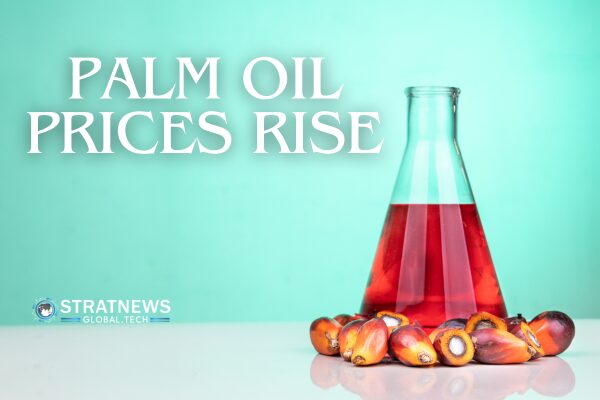Rising Palm Oil Prices May Persist as Biodiesel Demand Grows
Palm oil, long known for its affordability, is becoming more expensive as Indonesia, the world’s largest producer, diverts more of its supply to biodiesel production. Industry expert Dorab Mistry warns that the era of rising palm oil prices has begun. He attributes this to Indonesia’s focus on biofuel, which limits exports and pushes prices higher.
Indonesia increased the required palm oil blend in biodiesel to 40% this year and is considering raising it to 50% by 2026. Additionally, the government is exploring a 3% palm oil-based jet fuel blend. These measures aim to cut fuel imports but are also reducing the availability of palm oil for export.
According to Eddy Martono, chairman of Indonesia’s largest palm oil association (GAPKI), the country’s exports could shrink from 29.5 million metric tons in 2024 to just 20 million by 2030. This, along with flood-related production issues in Malaysia, has already driven palm oil prices above soybean oil, leading to a decline in purchases from key buyers like India.
Supply Constraints Add to Price Pressure
Palm oil production nearly doubled every decade from 1980 to 2020. However, in the last four years, global production growth has slowed to just 1% annually. Analysts predict that this decade’s growth will average only 1.3 million tons per year—less than half of the previous decade’s rate.
In Malaysia, palm oil production has stagnated due to limited land availability and slow replanting. Meanwhile, Indonesia’s small-scale farmers, responsible for 40% of supply, are replanting at a sluggish pace. Older plantations with declining yields are further straining supply.
Industry experts also point to labour shortages, ageing trees, and the spread of Ganoderma fungus as additional threats to production. Without policy changes, this slowdown could lead to periodic shortages and prolonged high prices.
Reluctance to Replant Further Limits Growth
Oil palm trees lose productivity after 20 years and must be replaced after 25 years, but the replanting process takes three to four years before new trees start yielding fruit. Many farmers avoid replanting due to the temporary loss of income.
Malaysia fell short of its replanting target in 2024, replacing only 2% of total planted land instead of the planned 4% to 5%. In Indonesia, the lack of replanting has led to an 11.4% decline in crude palm oil yields over the past decade.
While countries like Colombia, Ecuador, Ivory Coast, and Nigeria are increasing their palm oil output, their contributions remain insufficient to offset growing global demand—particularly from the biofuel sector.
Experts like Mistry and fellow analyst Thomas Mielke have urged Indonesia to reconsider its moratorium on new plantation permits, which has been in place since 2018. Without expansion, shortages and price spikes are likely to continue, affecting billions of consumers, particularly in developing nations.
Impact on Global Markets
Higher palm oil prices are already influencing the broader vegetable oil market. In India, the world’s largest buyer of vegetable oils, crude palm oil has been more expensive than soybean oil for the past six months, at times exceeding a $100 per ton premium. Just two years ago, palm oil was trading at a $400 discount.
As prices rise, industrial buyers are turning to alternatives. However, as demand shifts to soybean and sunflower oils, their prices also climb, limiting the ability of these alternatives to fully replace palm oil.
With demand from the biofuel and chemical industries expected to keep rising, palm oil prices could remain high for years, reshaping global food and commodity markets.
With inputs from Reuters


